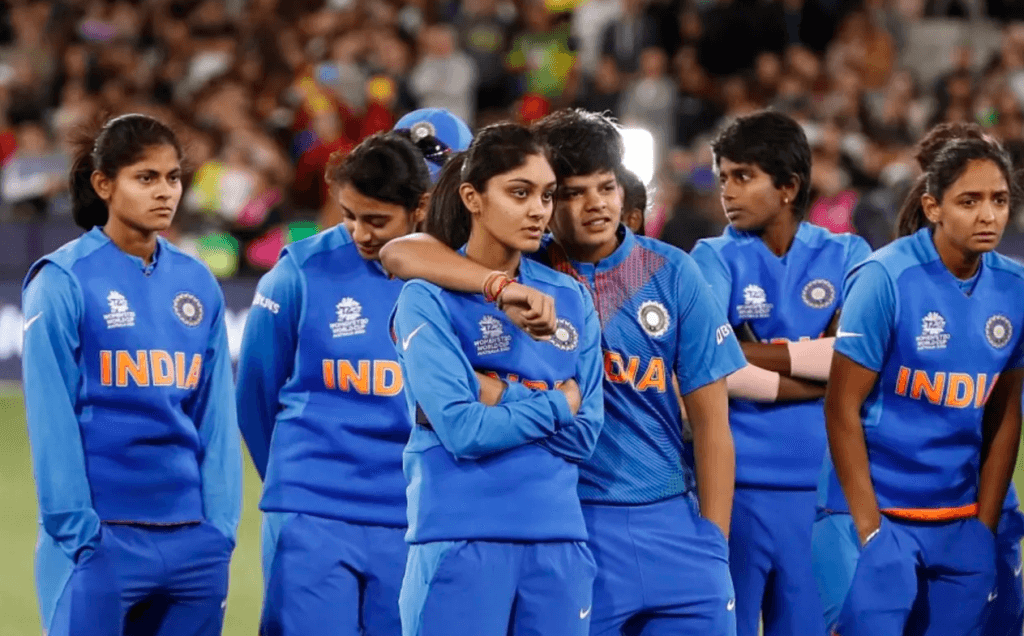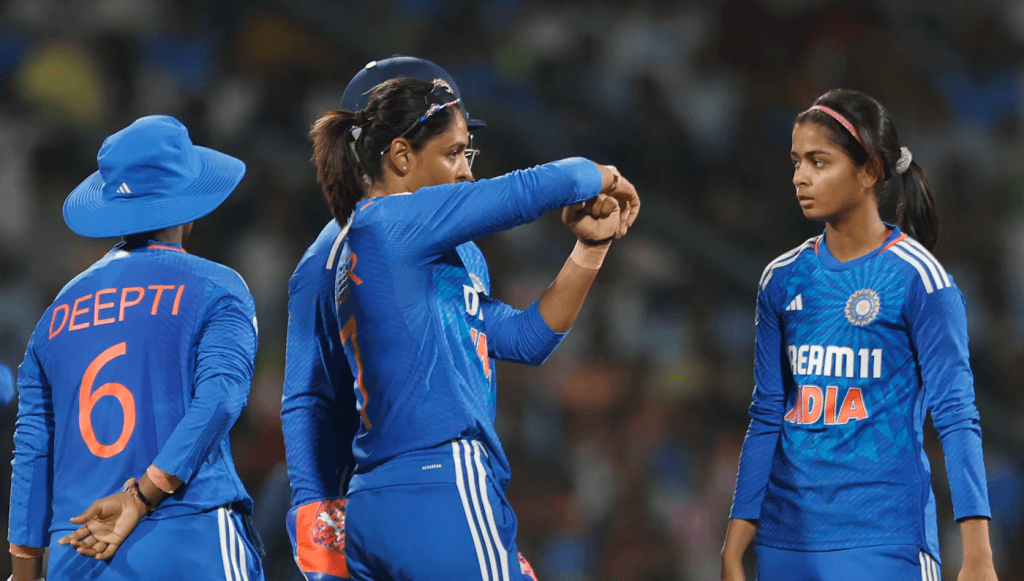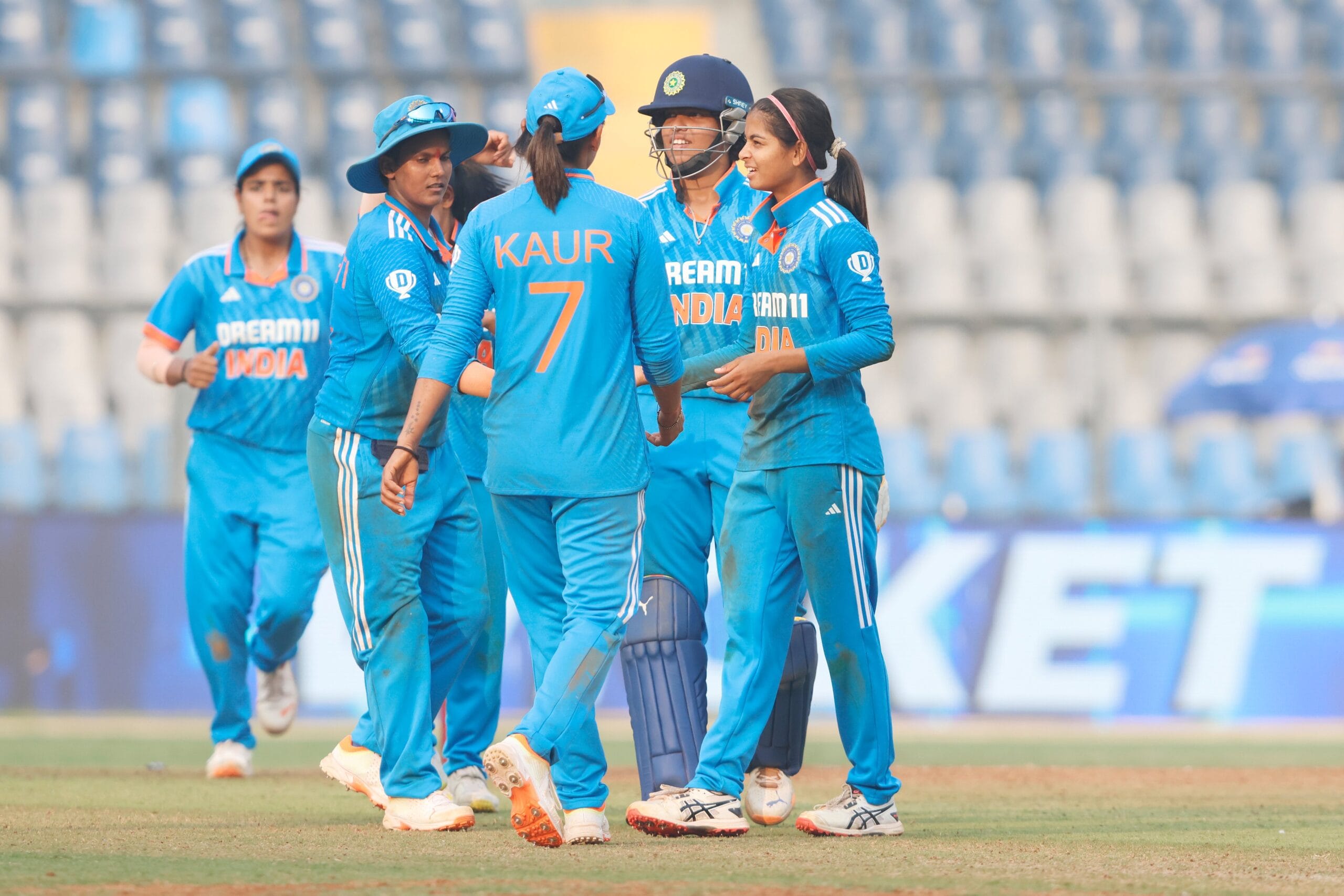On 17 September 2023, the International Cricket Council (ICC) made a striking announcement which is considered a huge step towards closing the gender pay gap in sports, specifically in the field of cricket. The ICC announced that the winners of the Women’s T20 World Cup, which is scheduled to take place next month in October in Dubai, United Arab Emirates (UAE) will receive a prize money of $2.34 million, which will be an increase of 134 per cent when compared to the prize rewarded to the winning team last year.
The announcement comes as a result of the ICC trying to reach its ‘prize money equity target,’ which was announced last year when the winners of the 2023 Women’s T20 World Cup, that is, the Australian cricket team, were rewarded $1 million as compared to the $4 million reward to the Australian cricket team for winning the Men’s T20 World Cup. In addition to the equal prize money for winners, ICC also announced $1.17 million as the prize money for runner-ups.
While the ICC claims that the announced prize money is equal for men and women, it should be noted that earlier in the year the Indian cricket team received a reward money of $2.45 million for winning the 2024 Men’s T20 World Cup, which is still $0.11 million HIGHER than the announced prize money for 2024 Women’s T20 World Cup. The disparity in price nullifies the claims of ‘fulfilling its commitment of reaching prize money equity by giving equal prize money for men and women in World Cups,’ made by the ICC and sheds light on how pay equity for women athletes is a further goal for us to achieve and how the ICC still needs to work towards achieving their ‘prize money equity target,’ before 2030 and maintain their credibility.
Significance of Prize Money Equity
During the ICC Annual Conference which took place in in July 2023, the ICC Board decided to achieve its prize money equity, that is, equal pay for both men’s and women’s teams, seven years ahead of its target of 2030. The ‘prize money equity,’ will be a positive step towards closing the gender pay gap in sports and ensuring that Cricket as a sport become more inclusive.

“Getting the equal prize money is such a boost for women’s cricket and it is well deserved by the players. Back in the day when we were playing, many talented players had to decide between cricket and career and because of that dilemma, we lost a lot of players who could have represented India at the international level,” says Sudha Shah, the former caption of the Indian’s cricket team. Shah also mentioned that the women cricket players “could not depend on cricket financially and had to put money from their own pockets to play,” which highlights the multiple obstacles women have to overcome in order to stick to their decision of pursuing a career in sports and sustain themselves.
The ICC has been taking steps towards its equal prize money goal since 2017 by increasing the prize money for women’s sports every year. “Since 2017 we (ICC) have increased prize money at women’s events every year with a clear focus on reaching equal prize money and, from here on in, winning the women’s Cricket World Cup will carry the same prize money as winning the men’s Cricket World Cup and the same for T20 World Cups and under-19s too,” says Greg Barclay, the ICC Chair.
The annual increase in prize money for women is a positive step towards ensuring that men and women athletes get paid equally. However, as per the news report published in the Mint, “ICC said that the winner of the 2024 tournament will receive the ‘highest’ prize amount in the history as they had a ‘record-breaking’ prize fund of $11.25 million solely for the Men’s T20 World Cup.” The statement by ICC clearly indicates that the body is prioritising men’s sports over women as the overall prize fund for the Women’s T20 World Cup 2024 is $7.95 million, almost half of the prize fund for the Men’s T20 World Cup!
It is not possible for the ICC to achieve its prize money equity target with such substantial disparity in the overall prize fund for both men’s and women’s teams which makes us question, “Why do women’s sports receive less funds as compared to men’s sports?“
Why must pay parity in sports exist?
According to a report published by BBC Sport in 2021, 83 per cent of sports such as tennis, judo, skiing, and badminton offer equal prize money to men and women athletes at top levels. At the same time, there are sports such as Football where equal pay for men and women athletes seems like a distant dream. Therefore, despite the frequent increase in prize funds as seen by ICC recently, women’s sports still end up with less funds as compared to men’s.

Pay disparity in sports is often justified by saying that women’s sports receive less coverage and hence, generate less revenue due to which they do not get sufficient funds. While the claim is considered to be true as we have seen footballer Sunil Chhetri appealing to the Indian football fans to watch the matches in the stadium back in 2018, it is crucial to understand that the reason women’s sports are not popular among people is that women were restricted from participating in sports for a long time. The first Olympic Games was held in 1896 in Athens where women were not allowed to compete while the first-ever women’s professional sports league was held in the 1940s. Women were allowed to enter and compete in the field of sport for around 50 years which places them far behind in terms of receiving exposure, coverage, and generating the required viewership and revenue to get more funds.
In addition to the late entry of women into sports which is a result of a patriarchal system, there lies another problem of lucrative broadcasting rights which results in less media coverage of women’s sports due to which less people know about it and the fanbase is not able to develop. Moreover, the profits that are generated through men’s sports are a result of a system which favours men and results in a weak representation of women athletes in the overall structure that governs sports.
The International Cricket Council’s (ICC’s) decision to increase the prize money for women’s teams should be seen as a positive step towards closing of the gender pay gap. However, the claim made by the ICC that it has achieved prize money equity is false. Gender pay parity in sports or any other sector is not just a mere economic problem but a structural problem. There is a dire need to reform the current structure that is rooted in sexism and does not provide space for representation of women and justifies pay parity through the same. When the representation of women in sports increases, there will be an increase in their overall presence which will result in their revenue, but it is possible only when women are no longer systematically oppressed.
About the author(s)
Neha (She/They) is a neurodivergent queer writer who illustrates occasionally. A student of media and gender studies, Neha is critical of the patriarchal and heteronormative world around her and looks at it from the political lens of intersectionality. Although socially introverted, you can find Neha getting out of her shell and interacting with people, getting to know their experiences, and analyzing how the biased structure of the society impacts the marginalized.






You get paid according to the crowd you pull in, whether it is cricket, football or movies. Tamanna Bhatia got paid more for one dance in Stree 2 than Abhishek Banerjee’s entire movie fee. Women in fashion and porn get paid more than men. I don’t see men complaining.
Even two men do not get paid the same. Imagine an average actor or cricketer asking to get paid as much as Shah Rukh Khan or Virat Kohli.
Do you know that the Australian women’s national team lost 7-0 to a group of 15 year old boys? Google it.
Men’s cricket and football generates billions of dollars, so if you calculate the percentage that men get paid, it is actually less than the percentage that women get paid for the revenue they generate.